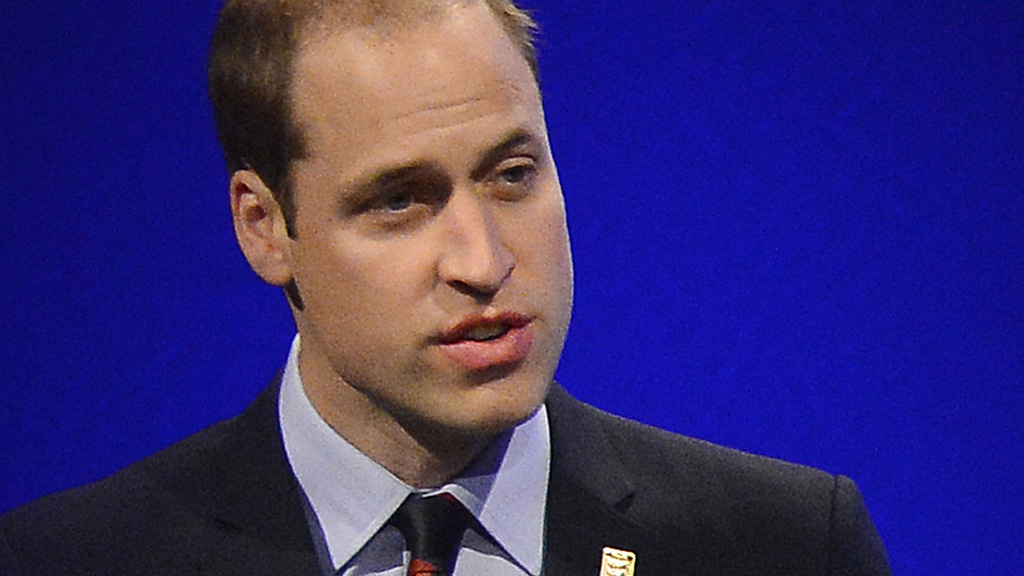DNA link to Prince William’s Indian ancestry
Prince William will be the first British monarch to have proven Indian roots following DNA analysis, writes Science Reporter Asha Tanna.

Tests on saliva samples taken from the Duke of Cambridge’s relatives have shown an unbroken lineage between him and a woman believed to be at least half Indian.
Eliza Kewark was housekeeper to his fifth great grandfather Theodore Forbes (1788-1820), a Scottish merchant who worked for the East India Company in Surat, a busy port north of Bombay.
The discovery means that Prince William and his brother Harry both have a clear genetic link to Indian ancestry.
Unassailable roots
Scientists from BritainsDNA, who carried out the tests, say that Eliza Kewark had an incredibly rare form of mitochondrial DNA (mtDNA) passed down through her female line.
Men can inherit the gene but do not pass it on, so any children born to the princes will not have this rare gene. It has only been found in people from the Indian subcontinent – 13 from India and one from Nepal.
Dr Jim Wilson, from the company, told Channel 4 News: “I had always been intrigued about Eliza Kewark and wondered whether she might have been part Indian, given that she lived in Surat. It transpires that her father was Armenian and her mother was part Indian. This is proof that William’s Indian roots are unassailable.
“The analysis took about four months, which included the genealogy research, taking DNA from saliva samples, doing the lab work and then the statistical analysis of where this gene is found. Our results came after looking at two lines of evidence.”
Breach of privacy?
But the revelation which made the front page of the British newspaper the Times has been criticised by some in the field of genetics, who say not only is it a breach of privacy towards the prince, but also distasteful that the newspaper ran an advert of the company doing the testing at the same time.
Writing for the website The Conversation, Dr Anna Middleton, ethics researcher and genetic counsellor at the Wellcome Trust Sanger Institute, said: “Genetics unites all of us. But revealing personal information about somebody, without their consent, irrespective of their position or status, is potentially harmful.
“While the discussion is about ancestry today, it could be more serious if predispositions to life-threatening conditions are revealed? If it were me, I’d rather know this first and have a chance to talk to my family before anybody else knows about it.”
‘Purported mother’
Theodore Forbes left his wife and sent their daughter, Katherine, to live in Britain at the age of six. Letters sent from Kewark to her estranged husband suggest that he potentially deserted her due to her race, say researchers.
In his will he described her as the “purported mother” of Katherine and referred to her as his housekeeper. He died returning to Britain on a ship in 1820.
Queen Victoria never went to India, even though she was made empress of India in 1876. Princess Diana was famously pictured sitting alone outside the Taj Mahal – an Indian landmark regarded as symbol of love – but without her husband, Prince Charles.
Touring India
The Duke and Duchess of Cambridge have yet to visit India but may well be expected to fill in for the Queen who is now cutting back on foreign travel.
Royal Historian Kate Williams told Channel 4 News: “This is a very interesting revelation indeed and it shows how amazing DNA is that it’s able to go back this far to link William to India.
“A tour of India is feasible as it is seen as an important ally for trade and diplomatic relations. William is unlikely to stay with RAF for many more years and after he retires, he and Kate will become working royals – essentially he has to go to India at some point.
It is not known which relations of William supplied the saliva samples to allow the DNA to be tested. Princess Diana’s maternal aunt Mary Roache told the Times newspaper: “I always assumed that I was part-Armenian so I am delighted that I also have an Indian background.”